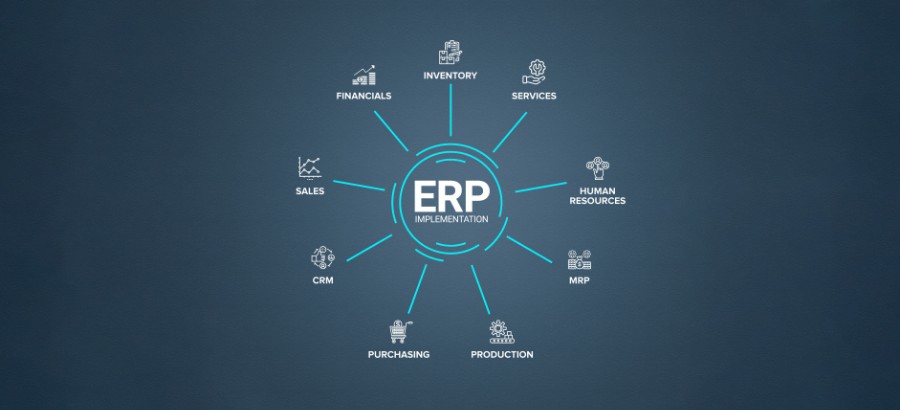A few weeks ago my ageing TV packed up and it was a sad moment when I threw my trusty appliance of many years onto the tip. I am now the proud owner of a flat screen, HD, Internet connected, “you name it my TV has got it” TV and wondering why I didn’t upgrade it a long time ago.
In many ways this is exactly the dilemma facing computer system owners. Do you continue using the tool that you know well and put up with its known failings (if you are aware of them), or do you upgrade to a new version and risk the potential heartache of re-training and learning new features – in the hope that it will improve your use of the system.
Software vendors are continually improving their products and producing new versions of their applications. This takes place primarily to improve functionality (often driven by changes in business practice or legislative changes) and to take advantage of new technology e.g. touch screens, new databases, more powerful hardware. It is important to stay in touch with these latest developments even if it isn’t immediately obvious why.
There are recognized categories for product adoption and diffusion of innovation.
- The Early Adopter – the people that will queue overnight to buy the latest gadget.
- The Early Majority and the Late Majority – people who wait for a technology to mature and possibly an event to force change (me and my TV?)
- The Laggards – those that will never change unless forced to by an immutable event.
In my experience most businesses who upgrade fall into the Late Majority category for the simple reason that they believe that there are better things to do, and they have a business to run. This approach is often a mistake.
So, what are some of the factors that you should take into account when deciding whether to upgrade?
- Making sure that you are using a recent and preferably the latest version of software is a sound business strategy. It is not good practice to become so out of date that to upgrade in the future will be cost prohibitive. This can become a crisis if you are forced to upgrade for some reason, e.g. legislative change, old hardware failure, removal of support by vendor.
- Building regular, small upgrades (rather than one enormous one) into your business plan encourages a positive attitude to change and can help when changing other aspects of your business.
- An upgrade can be used to facilitate change, it’s an ideal opportunity to review all your business processes and get your systems audited and documented.
- Assess whether your current system actually supports the business or if it is supported increasingly by spreadsheets and external databases. If so then you should investigate the features of a new release.
- Consider what your systems say about you and your company. When new members of staff arrive how do you feel when you introduce them to your systems? Their reaction may be a good indication of whether you should upgrade or not.
- Check to see if there are any new features in a new version that will add value to your business systems or allow you to take advantage of other technology (e.g. EDI, Cloud, Web, Mobile, etc).
- Can you reduce the costs of maintaining your old system by upgrading? Often a premium is charged for supporting old versions.
Most of these points are common sense but note that none of them are driven purely by technology.
Often when you do upgrade you will find that pressure is put on other parts of your systems (or you are made aware of other opportunities) and there is more investment required. So make sure that you build a contingency into your budget, to avoid unintended or unplanned consequences of the upgrade.
In my next blog I will discuss some ideas for planning for an upgrade and how to minimize the risk.
And my TV? Well watching the Olympics on it has been fantastic, and I can download films and access the internet but I ended up having to upgrade my broadband connection to do that, not planned or budgeted for. And with the fast Internet connection my wife has decided she needs a new laptop – hey ho.









1 thought on “How to plan an upgrade – Part 1 – to upgrade or not to upgrade?”
Upgrading software systems, like upgrading to a new TV, requires careful consideration. It’s essential to assess the benefits, such as improved functionality and compliance, and weigh them against the potential challenges of retraining and budgeting. Regular, incremental upgrades can foster a positive attitude towards change and help streamline at&t internet and cable packages business processes. Staying up-to-date in the ever-evolving tech landscape is a prudent business strategy.